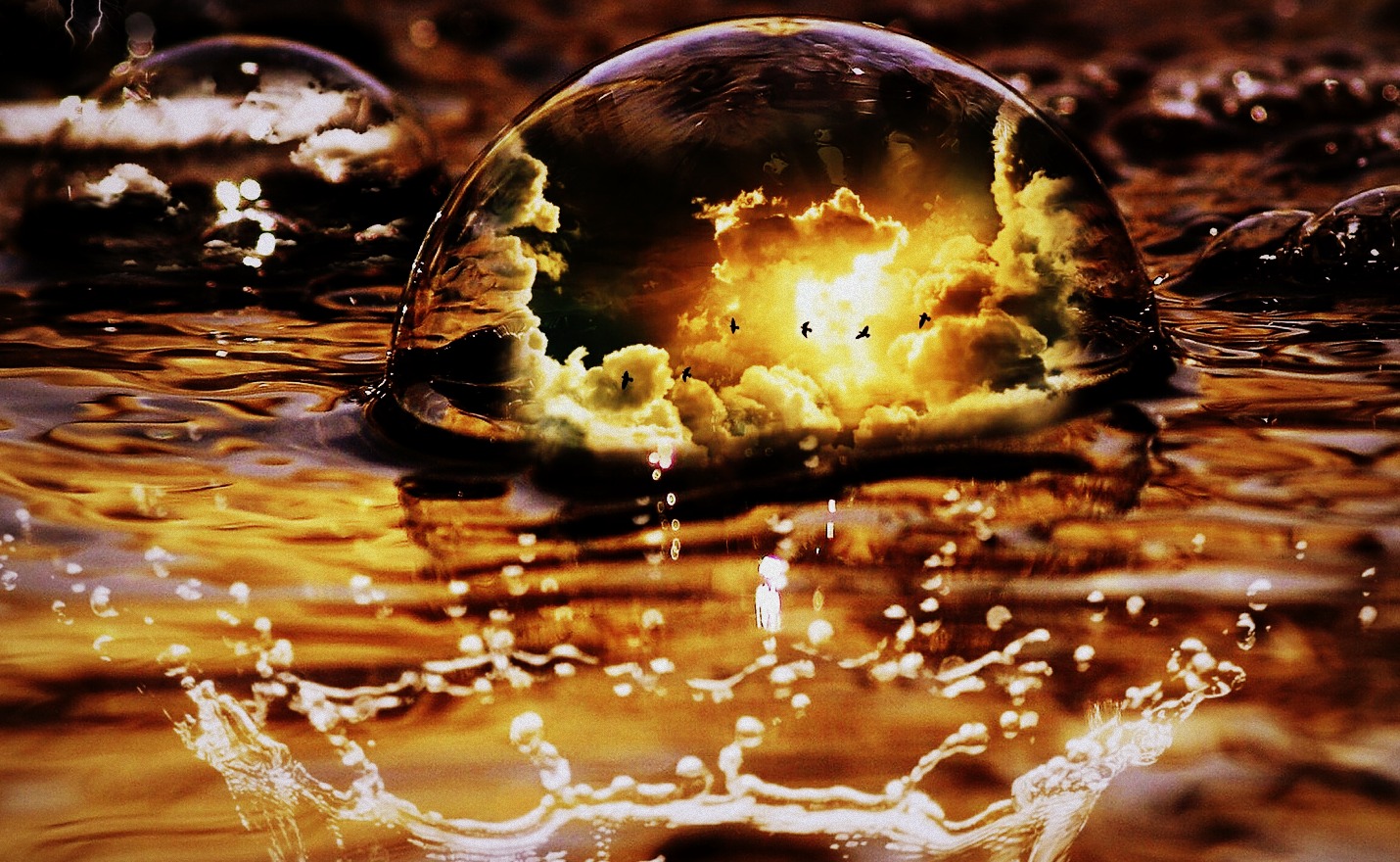Following the death of Buddhist teacher Michael Stone, a friend of his offered a poignant reflection on “the myth of the heroic self” for Tricycle magazine. There, Matthew Gindin asked:
What are we to make of his tragic struggle and death, particularly in the light of his daily practice for many years of Dharma disciplines believed to reduce suffering and stabilize the mind?
Michael is certainly not the first dharma practitioner to struggle with mental illness or the self-destructive use of a substance. Many before him have succumbed to alcoholism, substance abuse, depression, mental disintegration, and even suicide. When this happens, the usual takeaway is a call to clear away the stigma surrounding mental illness. That is important and needs to be said. But I want to focus on a different, if related, lesson: the myth of the heroic self.
Gindin went on to discuss, quite well, the complexity of the human being, even the great teacher such as Michael Stone. Drawing from Dōgen, he noted that, “just as the reflection of the moon does not break the drop of water it is reflected in, enlightenment does not erase the personality of the practitioner. Michael, like all of us, contained not only the whole moon of uddhanature but also the whole rain-filled sky.”
The idealization of the “pure moon” or buddhanature might serve a powerful role in the development of a Buddhist in his or her path. However, it can also be a mirage, an illusion, or what psychologists have come to call (following Yogācārin philosophers by just 1500 years or so) a mental “projection.” Thus, on the one hand, myths such as the “heroic self” can be powerfully beneficial. On the other hand, they can breed disillusionment and, in rare cases, even perpetuate harm.
Thus, I wonder about the status of some of these Buddhist myths (or ideals) in our modern age. If we are able to set them aside, we see Michael Stone –along with other teachers—as humans in all their physical and mental complexity. We are saddened, though not terribly surprised, by stories of illnesses in teachers and their sometimes-tragic effects. But we also do not idealize (some would say “romanticize”) the qualities of these teachers to begin with.
Nor do we romanticize two other myths. The first of these is the myth of worldly transcendence, an idea that awakening removes us from the suffering of the world and its effects. We see this myth made pernicious in acts of “spiritual bypassing,” wherein practitioners simply avoid hard truths such as patriarchy or racism in favor of stubborn focus on ultimate goals. The second myth is that of the universal applicability of the teachings. One of Buddhism’s particular features, going back to the Buddha himself, is the “skillful means” of teaching exactly what is appropriate for a student at a particular time. Sometimes teachings on not-self resonate deeply with your experience and help you move forward on the path, but it would be a mistake to then shout those teachings at every other person you meet; the same with any of the ideas or practices in the canon. We intuitively understand this: to really reach a student or friend, we need to know exactly where he or she is at. But too often and too easily, we get attached to something that works for us and want to spread it far and wide.
Our teachers are human. So are we. So is our goal; as some have said, perhaps awakening means simply to become fully human. Our teachings and practices that get us there are also quite human, quite particular, and at times quite flawed.
To see this is to see each in its full complexity and its full beauty, flaws and all. To see this is, I believe, to see things as they truly are.


Thank you for this compassionate reflection.